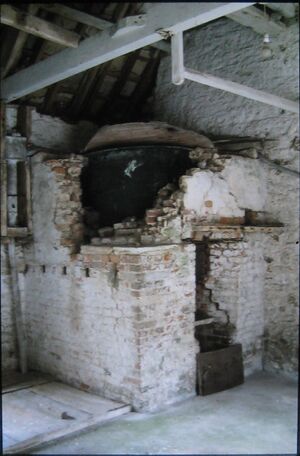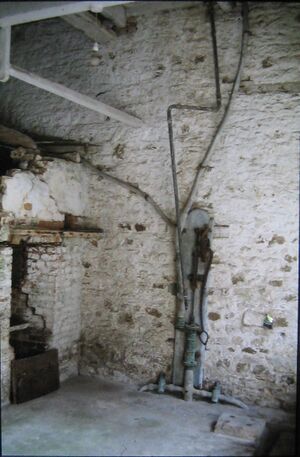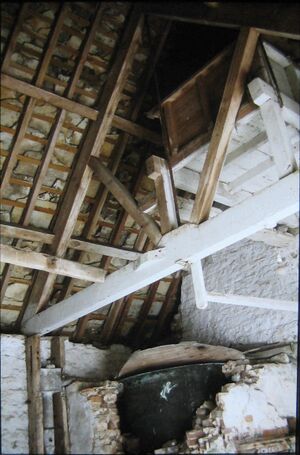Smedmore House (Dorset)
Smedmore House, Kimmeridge, Wareham, Dorset, BH20 5PG
Smedmore House is one of Dorset’s finest Georgian manor houses. Situated on the Jurassic coast, surrounded by extensive gardens and spectacular views of the sea and rolling hills. There are panelled rooms, a beautiful staircase and an elegant drawing room with views to the sea. The dining room has 18th-century plaster work and is decorated with over 100 blue Furstenburg plates. The furniture and portraits have been handed down through the generations and all add to the friendly, warm atmosphere of this beautiful manor house.
The original Grade 2* Smedmore House was constructed in about 1610 and is recorded in A Survey of Dorsetshire in about 1620 as “ a little newe house and beautified with pleasant gardens”. Around 1700 the Queen Anne garden façade was built by Edward Clavell, possibly with money made in Bengal by his father Walter Clavell. In 1760 two elegant Georgian bays were added to the north west front.
The Dutch furniture and paintings were inherited from the last English descendant of a general of William III, Godart van Ginkel, Earl of Athlone, victor of the Battle of the Boyne in 1690, which established Protestant supremacy in Ireland. There is also a chair used by Napoleon whilst on St Helena, given to Col. John Mansel who was in the island garrison. To the east of the house is an arched Georgian stable building, now turned into a flat and workshops.
In 1953 A L Rowse called Smedmore “very virginal and lovely, waiting at the end of the road beyond which there is no further. It is a dream of a place…”. In the words of historian and biographer Lord David Cecil, “Smedmore combines in a very special way the charms of the homely and the romantic”. The rooms “are in the highest degree welcoming and reassuring…. They invite the visitor to relax…..the windows let in the romance of the Purbeck hills and the open sea with, on the south west, a pretty, pensive garden… Smedmore is breezy, friendly and romantic, fresh with the smell of the sea”.
In 1665 Roger Clavell of Winfrith, a working farmer, was elected Sheriff of Dorset and Deputy Lieutenant of Purbeck. His grandson, Edward, built on the Queen Anne garden façade around 1700 and may have been responsible, too, for adding the brewery, servants’ room and stables as well as the old kitchen, which at that time was separate from the main building. In 1744 Smedmore passed to his third son, George, who in 1761 added the elegant Georgian façade.


